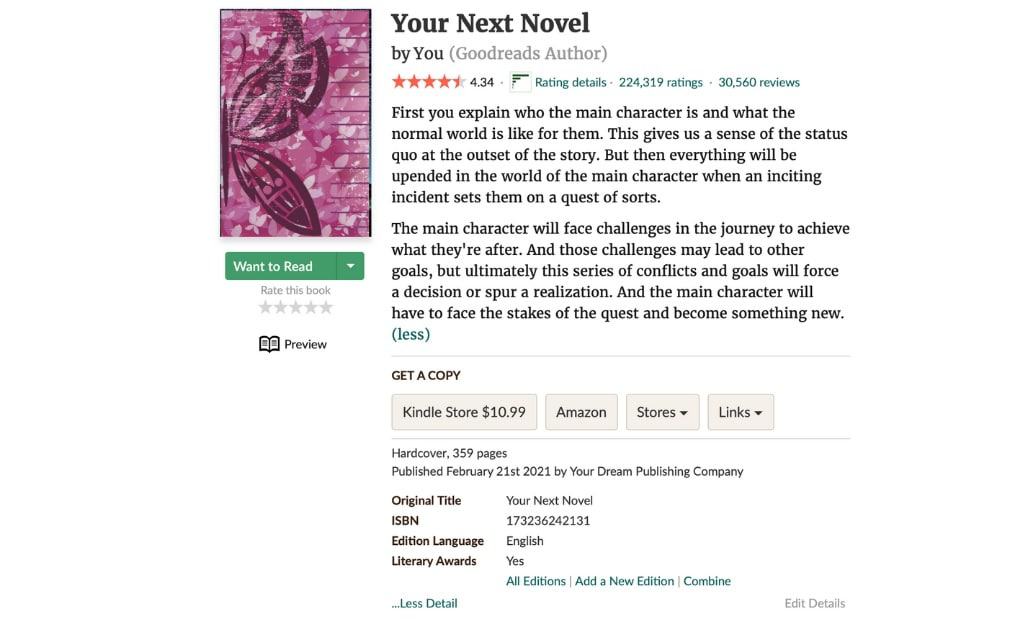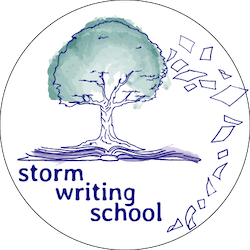Verisimilitude: What it is and how it works

Verisimilitude all about getting the reader to suspend disbelief and see realistic depictions of character, setting, and events. But what does it mean for such story elements to be realistic?
Show, Don’t Tell Disambiguation

What’s at the root of the “Show, Don’t Tell” concept, what does showing look like, and how might people abuse showing? An exploration of this oft-cited piece of writing advice.
A Glossary of Assorted Writing Craft Terms

I’ve put together a series on YouTube that attempts to define, clarify, or otherwise demystify various writing craft terms. Here, I’ve listed the terms I’ve already examined, and I’ll post additions as more videos are published.
Tools for Big Picture Editing of Your Novel

The mountain of editing/revision can be daunting, particularly for long-form stories. Here are four tools you can use to gain perspective of the big picture.
Dramatic Prognosis: a tool for designing strong plots and improving weak ones

The dramatic prognosis is the calculation the audience makes about the hero’s chances of reaching the goal. You can examine the dramatic prognosis within your story in the planning stage or in the revision stage; it may be helpful in highlighting where the story is lacking.
What Does the Inciting Incident Actually Do?

The inciting incident is often misunderstood. Even seasoned writers sometimes make claims that there can be multiple inciting incidents or that it can occur before the story even begins. But I would argue that most of those claims are rooted in a misunderstanding of the role the inciting incident plays within a story.
The Essentials of Orienting Your Reader

In film, orientation is almost immediate. In prose, oreintation requires ink. Here are some guidelines for what orientation the reader needs.
Centrifugal Forces: How a Character Doesn’t Want What They Desire

Story is a vortex; a character circles around the climax, wanting and not wanting to get to the center of the vortex, where they will be transformed.
How and Why to Write Your Back-Cover Synopsis Early

The back-cover synopsis lays out the book’s premise and piques reader interest. Here’s how and why you should write one early and often.
The Two Imperatives for Compelling Dialogue

Weak dialogue portrays exchanges of information that leave the energy of the scene flat. Compelling dialogue does these two things.
